Casio Exilim EX-Z550 Review
Casio Exilim EX-Z550
If you're looking for performance and style on a budget, look no further
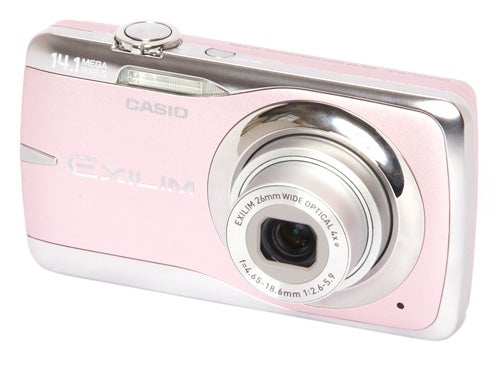
Verdict
Key Specifications
- Review Price: £129.99
 (centre)
(centre)
Best Budget Compact Digital Camera(/centre)
The rise in popularity of digital cameras over the past ten years has provided an opportunity for a number of big electronics corporations to break into the traditionally insular photographic business. While older camera companies such as Canon, Nikon, Pentax, and Olympus are still major players, particularly in the digital SLR market, many other once-familiar brand names have disappeared and the consumer digital camera industry is dominated by several big name brands that have no real history in the photographic business. Sony, Panasonic and Samsung have all carved out huge market shares over the past decade, flooding the market with cheap, sophisticated and generally well-made cameras, until virtually everybody now owns one. 
It’s interesting to note however that one of the first of the electronics companies to break into the digital camera market was Casio, launching its innovative 0.3-megapixel twist-body QV-300 in 1996, and following it up with a long series of cameras that have seldom been less than adequate and have often been at the cutting edge of design and innovation. It has a solid reputation for its ultra-slim pocket compacts that combine good performance, stylish design and excellent value for money. Despite this it has a much smaller share of the market than most of its more recently-arrived competitors.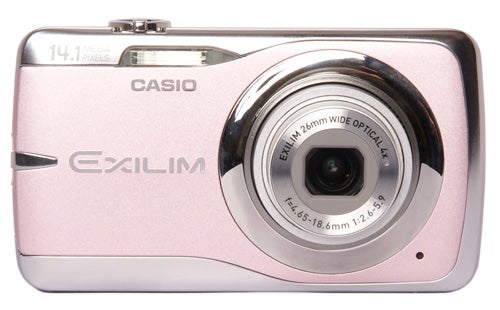
Today’s camera is a perfect example of this. The Exilim EX-Z550 is a sleek and stylish 14.1-megapixel ultra-compact featuring a 4x optical zoom lens equivalent to 26-104mm, sensor-shift image stabilisation, a 2.7-inch 230k LCD monitor, 720p HD video recording and a range of other advanced modern features, all wrapped up in a slim all-metal body and available for less than £120 from some retailers. If it had a Canon or Panasonic badge on the front it would sell like hot cakes at £150, but for some reason that Casio brand name just seems to put people off, even with a bargain price like this.
The EX-Z550 is designed as a pocket-friendly all-purpose compact for social photography. The aluminium body and scratch-resistant monitor screen are tough enough to survive an in-pocket encounter with your car keys with less than 1d4 damage, and the lens folds away completely flush with the body. It’s not the smallest camera that Casio has ever produced, but it is still very light and compact, measuring just 99.5 x 55.4 x 22.4mm and weighing 137g including battery and memory card. It is available in a wide range of colours, including blue, black, silver, red, or the utterly fabulous chrome-and-pink version seen here.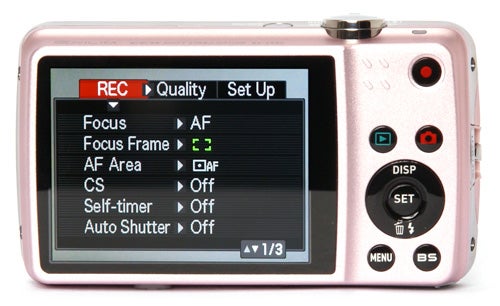
Casio has a lot of experience making ultra-compact cameras, and as a result the Z550 is comfortable and easy to handle despite its size. There is plenty of room on the back to grip the camera, and the controls are all well placed for easy use. These include a rotary bezel zoom control and a dedicated button to start video recording.
The control layout and interface will be familiar to anyone who’s owned a Casio camera before. It has the usual quick and simple sidebar menu for basic shooting operations, and as in some previous models this menu can be customised by the user. As well as this the Z550 has a comprehensive main menu system which includes a number of image adjustment options, including a lighting booster for high contrast shots, a range of colour filters and adjustable contrast, sharpness and saturation.
The Z550 is the first of Casio’s new range of cameras to come across my desk, and so it’s the first I’ve seen with the new Premium Auto shooting mode. This is a sophisticated scene recognition mode with continuous autofocus designed for maximum image quality with minimum hassle. As well as this it has Casio’s usual extensive array of Best Shot scene programs and special functions. Most of these are useful, such as the usual portrait, landscape, portrait with scenery, sports, candlelight, pets etcetera. There are some unusual ones too, such as a couple of self-portrait settings, soft flowing water, various “art” modes such as watercolour or crayon, and a fun multi-exposure function. Others are less useful, particularly the Dynamic Photo mode, which uses multiple image captures to attempt to produce an animated image of just the subject, with the stationary background removed. The best thing I can say is that it might work properly under ideal circumstances, but I can’t for the life of me think of a use for it.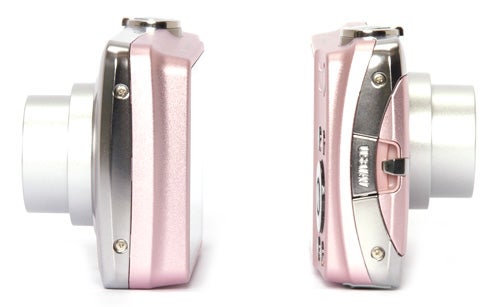
The Z550 has what is fast becoming the standard video mode for compact cameras. It shoots at 1280 x 720 pixels and 24fps, with mono audio recorded via a small microphone on the front panel. Video is recorded in the compact but lossy Motion JPEG format.
Casio does make some cameras with very high speed operation, but the EX-Z550 isn’t one of them. It starts up and is ready to shoot in a little under three seconds, which is about average for its class. In single-shot program auto mode it has a shot-to-shot time of approximately 2.6 seconds, which is also about average, however in Premium Auto mode the extra processing produces a shot-to-shot time closer to five seconds, which is very slow. Continuous shooting isn’t available in Premium Auto mode, but in standard Program Auto mode it has two continuous modes. The standard one shoots at full resolution at 2.2 seconds per frame, while the high speed mode shoots eight frames at 2MP resolution, but at two frames a second.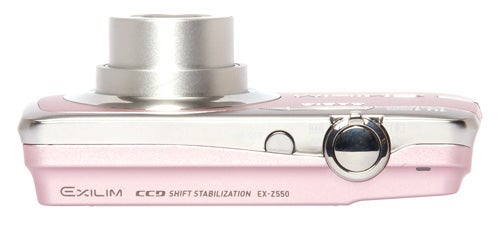
Casio’s autofocus systems have always been very good and the Z550 is no exception. It focuses quickly and accurately in most lighting conditions, and its low light performance is certainly better than average, focusing without a problem indoors at twilight with the lights off. Unfortunately it has no AF assist lamp, so once the light levels drop even further it does have a problem, but it should be able to cope with most social situations.
Image quality is on the whole very good. Exposure is reliably accurate, colour reproduction is excellent and even dynamic range is better than some 14MP compacts, although it does blow out highlights at the slightest provocation. The lens produces very little barrel distortion at wide angle, and while there is some slight blurring and chromatic aberration towards the corners of the frame it’s not obtrusive enough to cause a major problem. The main problem with the lens is that it’s just not sharp enough. The 14MP sensor catches tons of detail, and the amazingly low compression in Premium Auto mode retains a lot of it, but the lens just isn’t sharp enough to match the rest of the hardware.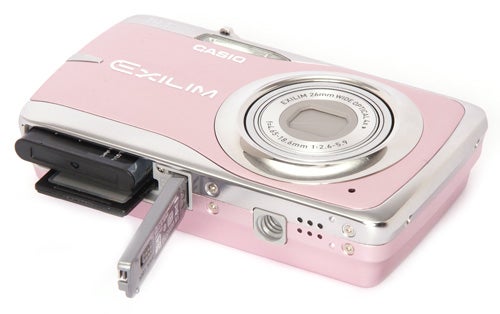
Image noise is handled a lot better than some previous Casio cameras. Image quality at 200 ISO is smooth and noise-free, and while noise reduction does blur out some fine detail at 400 ISO the overall quality is still very good. Colour gradients and detail lose more quality at 800 and 1600 ISO, and the maximum 3200 ISO is really only useful for very small images, but in this respect the Z550 is no worse than many cameras costing a lot more money.
”’Verdict”’
The Casio Exilim EX-Z550 is a well-made, good looking, easy to use ultra-compact offering a good range of features, a quick and intuitive interface and a reasonable level of performance at a very competitive price. It produces reliable results in most lighting conditions.
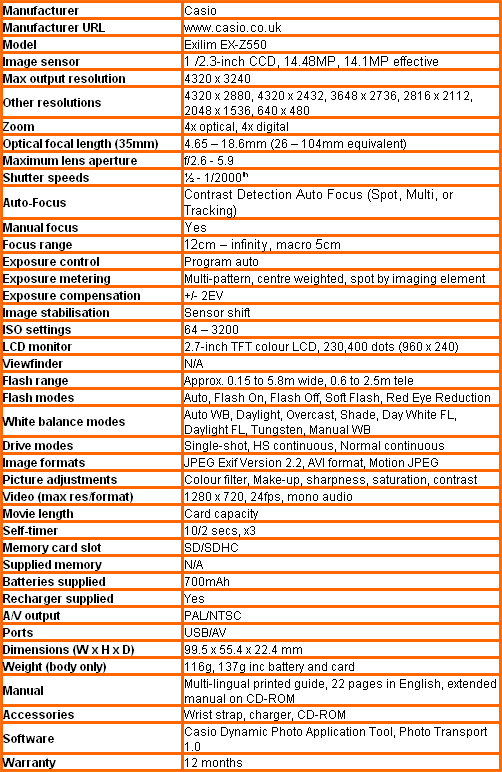
”Over the next few pages we show a range of test shots. On this page the full size image at the minimum and maximum ISO settings have been reduced to let you see the full image, and a series of full resolution crops have taken from original images at a range of ISO settings to show the overall image quality. These pictures were taken indoors using reflected natural light ”
—-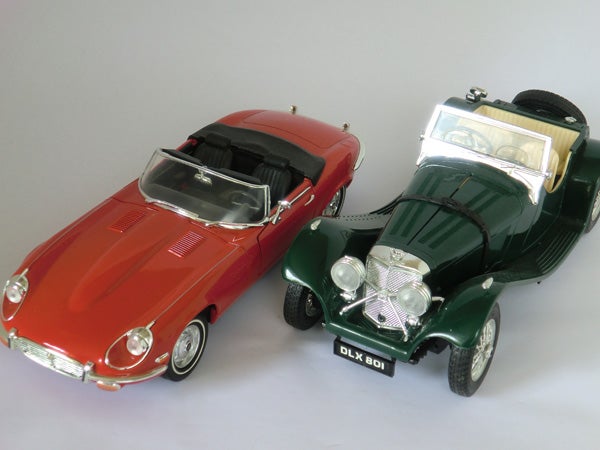
This is the full frame at minimum ISO.
—-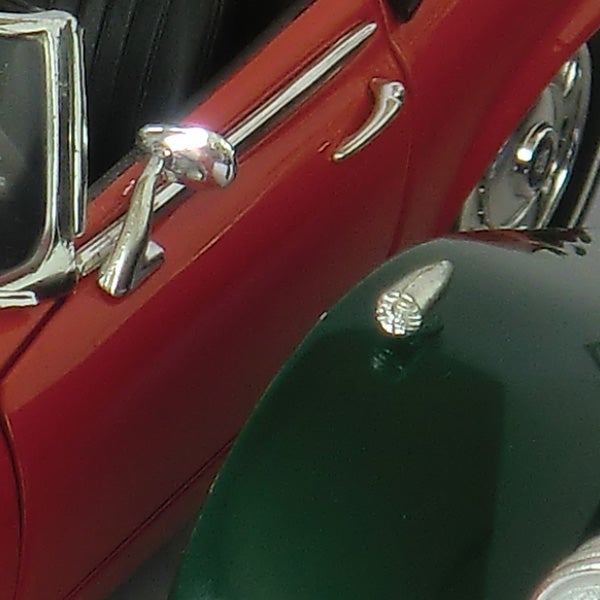
At 64 ISO the image quality is excellent, with smooth colour and no noise.
—-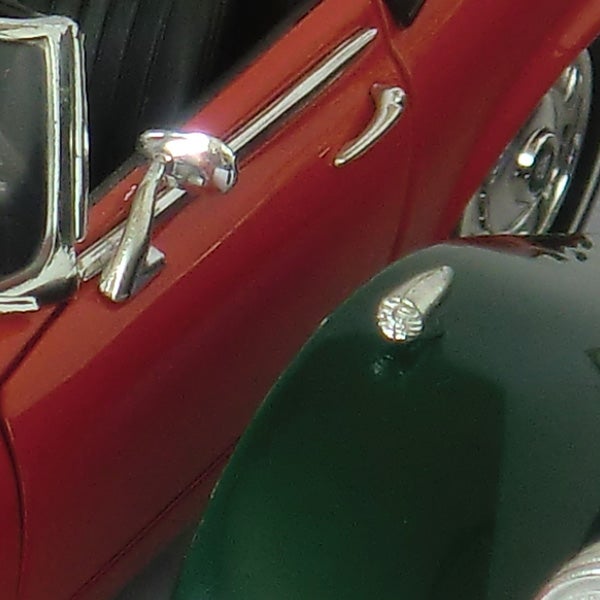
Not much difference at 100 ISO.
—-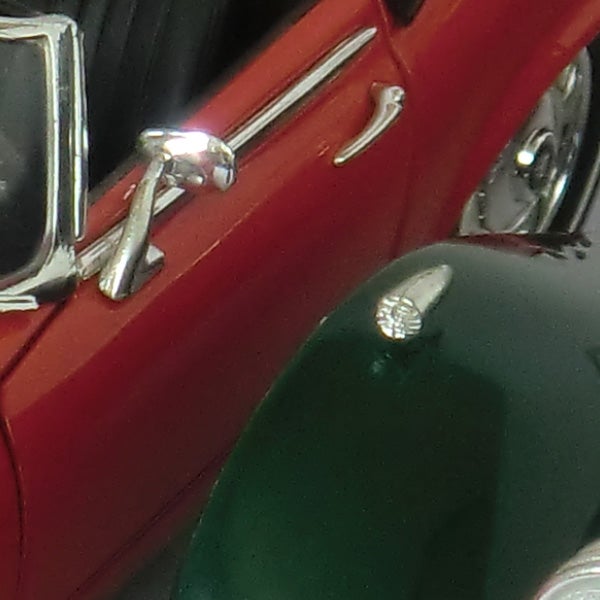
Still no problems at 200 ISO.
—-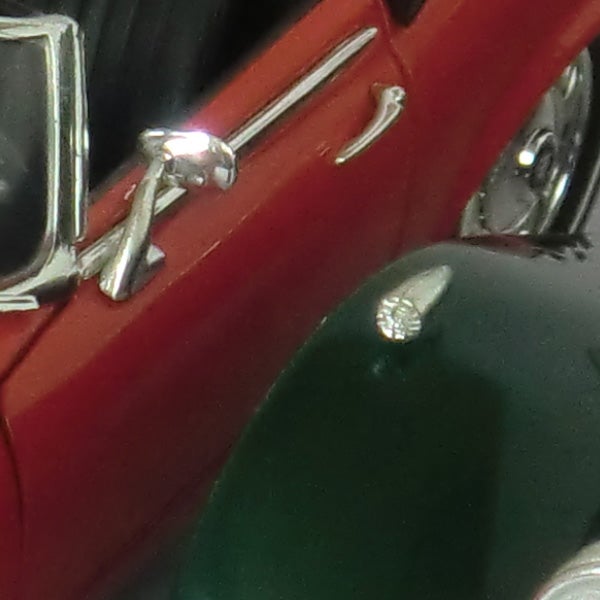
Noise reduction has reduced the level of detail at 400 ISO.
—-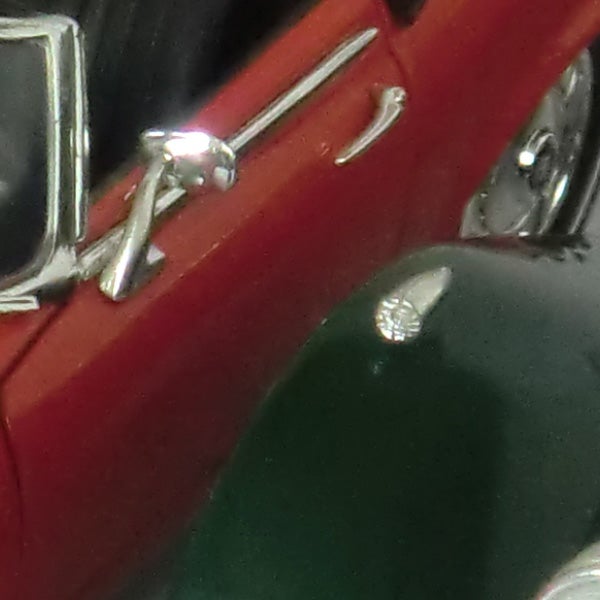
Further blurring at 800 ISO, but still little visible noise.
—-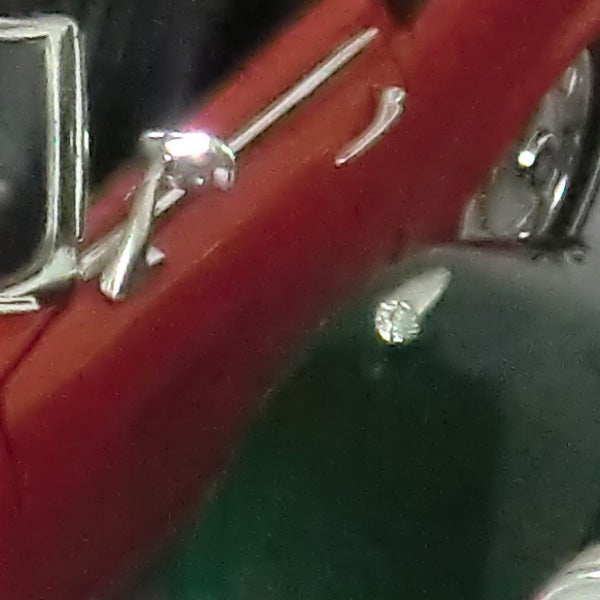
Colour gradients are falling apart at 1600 ISO.
—-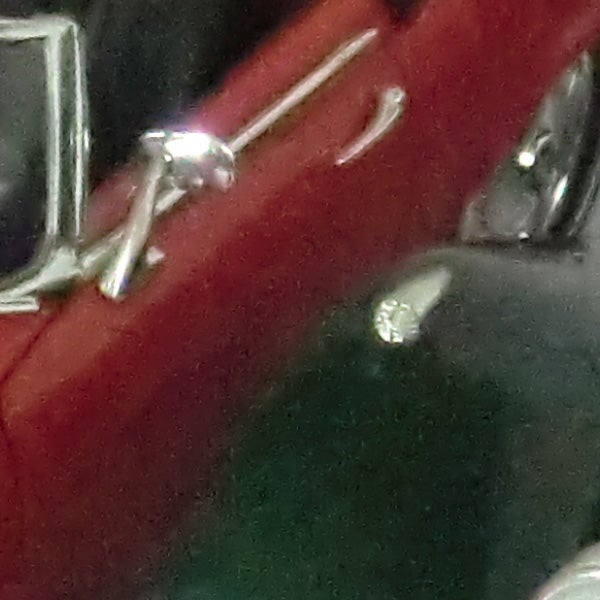
Image quality is pretty poor at 3200 ISO, as usual.
—-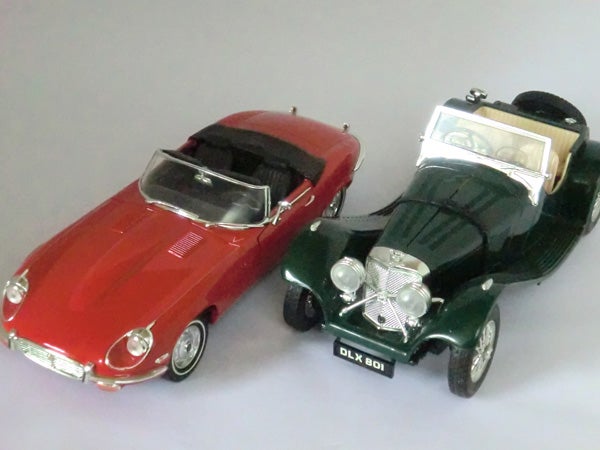
This is the full frame at maximum ISO.
—-
”A range of general test shots are shown over the next two pages. In some cases, the full size image has been reduced for bandwidth purposes, and a crop taken from the original full resolution image has been placed below it to show the overall image quality. Some other pictures may be clicked to view the original full-size image. ”
—-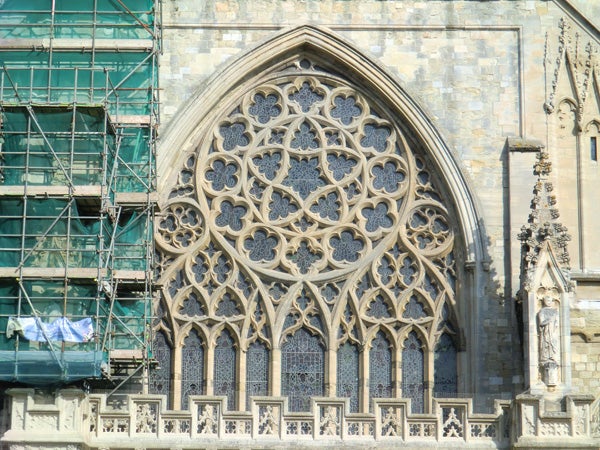
Here’s the usual detail test shot of the West Window of Exeter Cathedral, for you to compare with other cameras. See below for a full res crop. There’s no full-size image to download today, because the 8.2MB file size exceeds the upload limit which is still inexplicably present. Sorry.
—-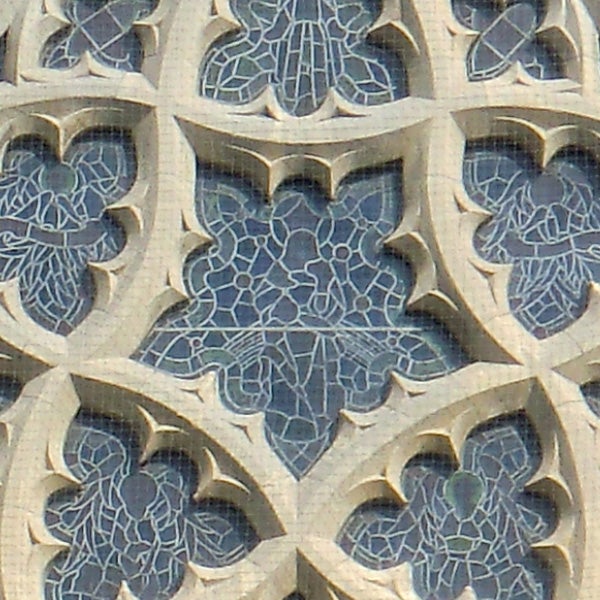
The sensor catches a lot of detail, but the lens just isn’t up to the job.
—-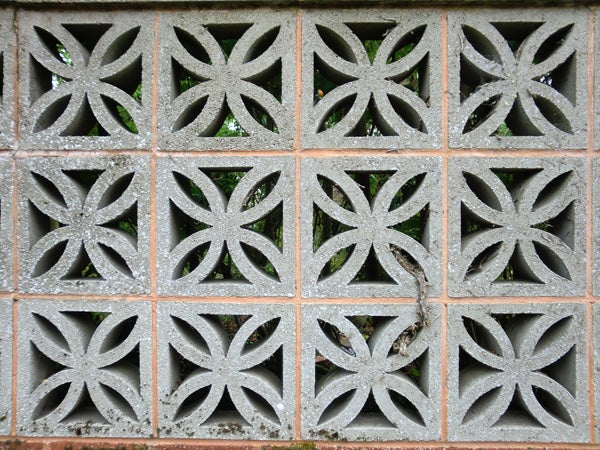
Almost no barrel distortion at wide angle.
—-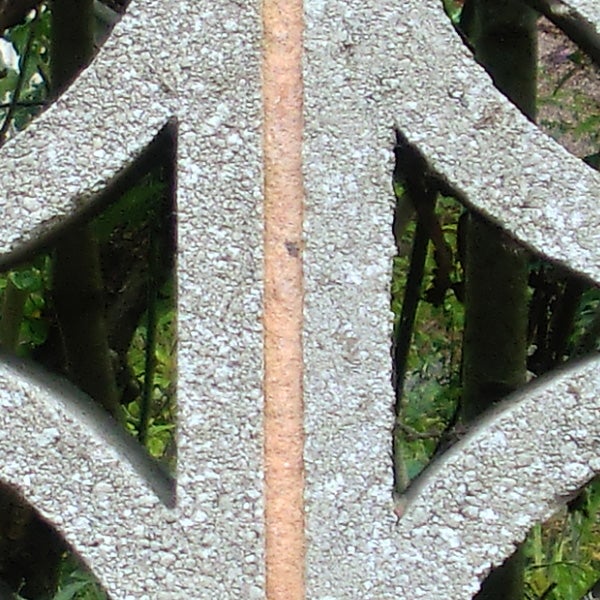
Centre sharpness could certainly be better.
—-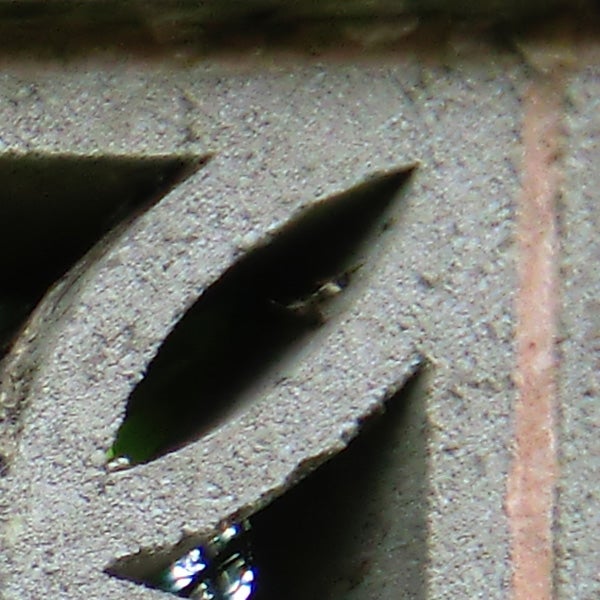
There is some blurring and chromatic aberration towards the conner of the frame.
—-
”Here are some general test shots to help evaluate the camera’s overall image quality, including dynamic range, colour rendition and the zoom range of the lens. Some pictures may be clicked to download the full size original image. ”
—-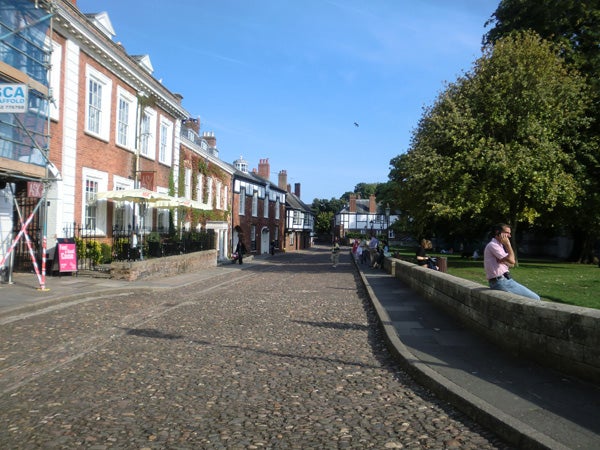
The wide angle end of the 4x zoom is equivalent to 26mm. File size for download: 7.1MB
—-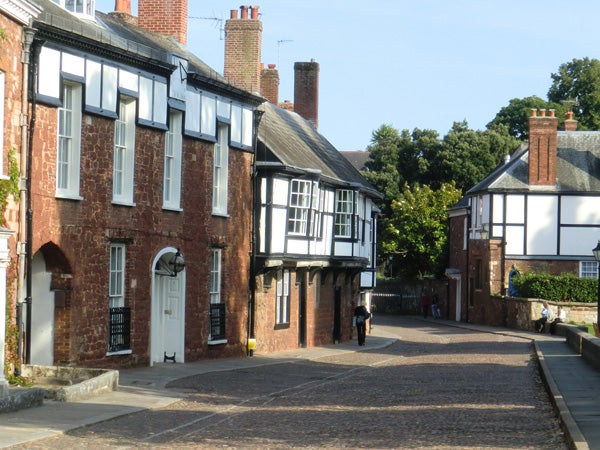
The telephoto end is equivalent to 104mm. File size for download: 7.0MB
—-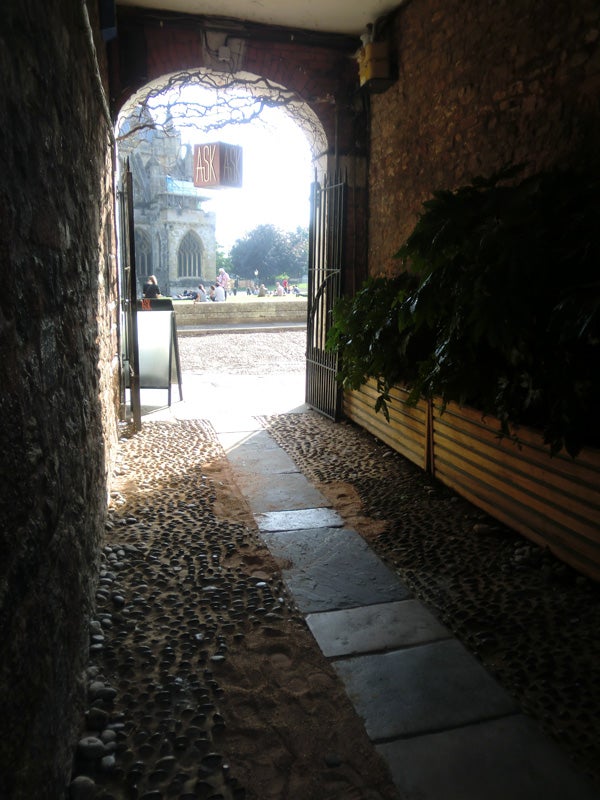
In standard Program Auto mode there is some shadow detail, but the highlights are badly burned out.
—-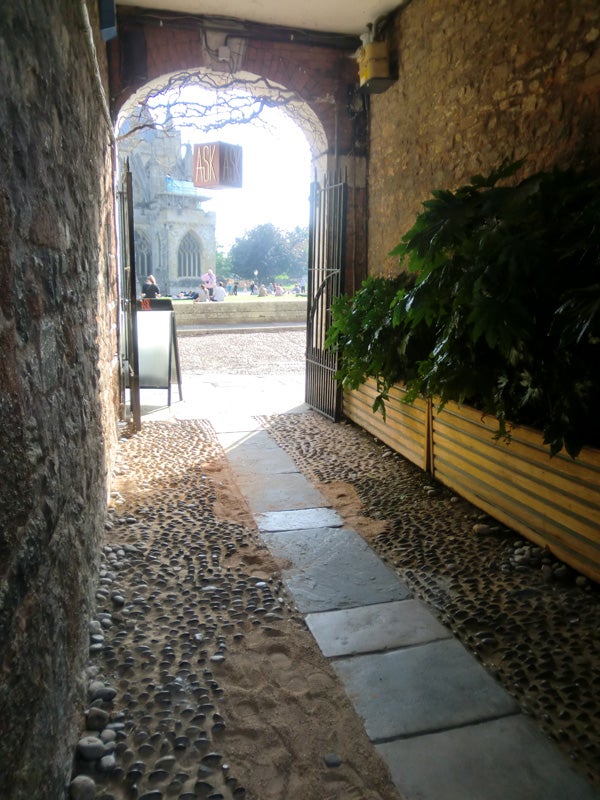
With the Lighting feature enable the highlights are still blown, but there is more shadow detail.
—-
Colour rendition is good, but could do with more depth and saturation.
—-
Trusted Score
Score in detail
-
Value 9
-
Design & Features 8
-
Image Quality 7
-
Build Quality 8
Features
| Camera type | Ultra Compact |
| Megapixels (Megapixel) | 14.1 Megapixel |
| Optical Zoom (Times) | 4x |
| Image Sensor | 1/2.3-inch CCD |
| Optical focal length | 4.65 to 18.6mm in 35mm film terms |
| Shutter speed | 1/2 to 1/2000 |
| Auto focus | Contrast Detection Auto Focus (Spot, Multi or Tracking) |
| Manual focus | Yes |
| Max output resolution | 4320x3240 |
| Other resolutions | 4320x2880, 4320x2432, 3648x2736, 2816x2112, 2048x1536, 640x480 |
| Focus range | 12cm to infinity, macro 5cm |
| Exposure control | Program auto |
| Exposure metering | Mutli, centre-weighted, spot |
| Exposure compensation | +/- 2EV |
| Image Stabilisation | Sensor Shift |
| ISO settings | 64-3200 |
| LCD Monitor | 2.7-inch 230k LCD |
| Viewfinder | N/A |
| Flash range | 0.15 to 5.8m wide, 0.6 to 2.5m tele |
| Flash modes | Auto, Flash On, Flash Off, Soft flash, Red-eye reduction |
| White balance modes | Auto WB, Daylight, Overcast, Shade, Day White FL, Daylight FL, Tungsten, Manual WB |
| Drive modes | Single-shot, HS continuous, Normal continuous |
| Image formats | JPEG, AVI Format, Motion JPG |
| Picture adjustments | Colour-filter, Make-up, sharpness, saturation, contrast |
| Video (max res/format) | 1280x720, 24fps |
| Movie length | Card capacity |
| Self timer | 10/2 secs, x3 |
| Memory card slot | SD,SDHC |
| Supplied memory | N/A |
| Batteries supplied | 700mAh |
| Charger supplied | Yes |
| A/V output | PAL, NTSC |
| Charging/Computer Connection | Yes |
| AV Out | Yes |
| Manual | Multi-lingual printed guide, 22 pages in English, extended manual on CD |
Physical Specifications
| Dimensions Width (Millimeter) | 99.5mm |
| Depth (Millimeter) | 55.4mm |
| Weight (body only) (Kilogram) | 116g (137g including memory and card)kg |

